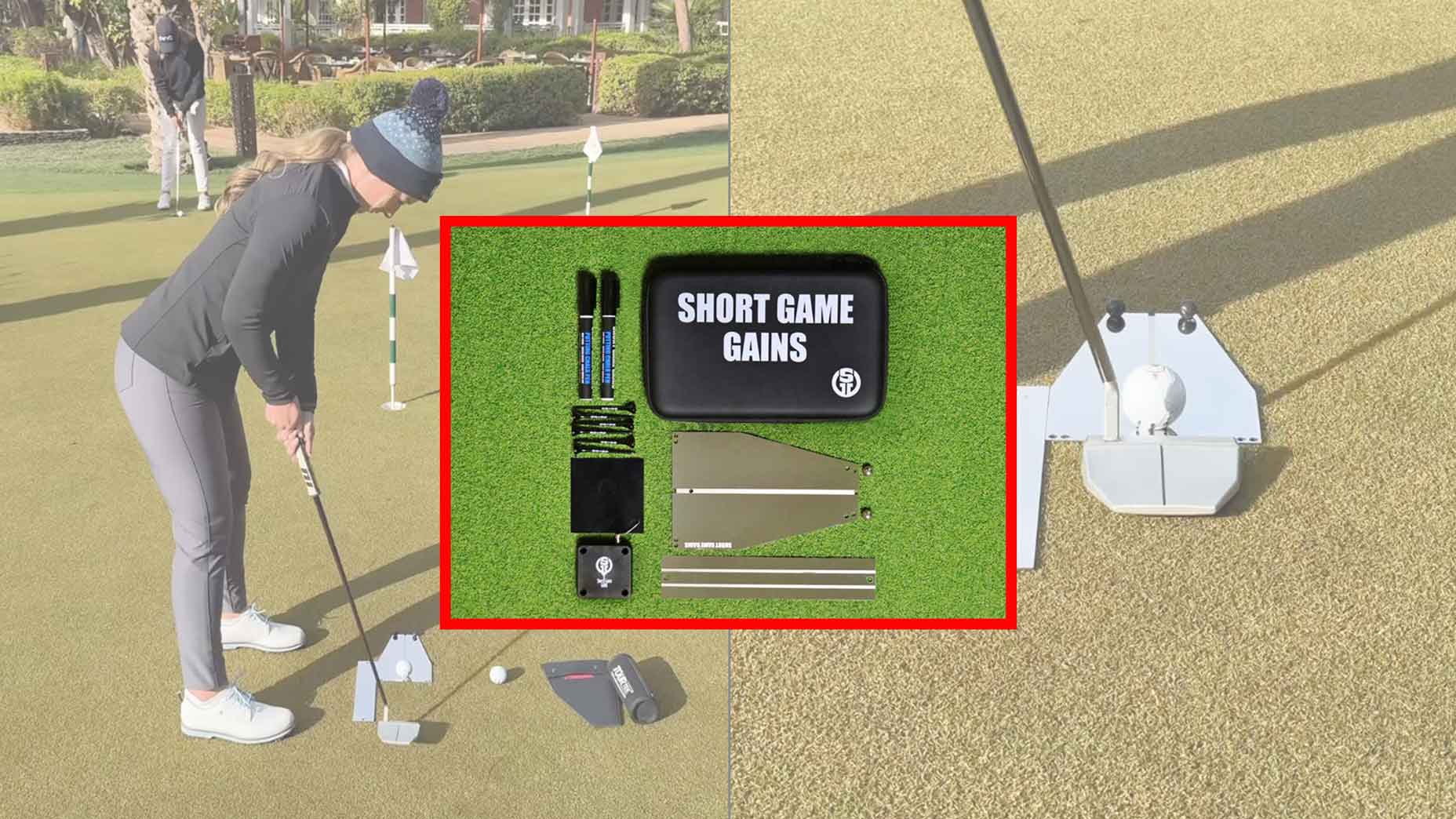Welcome to Shaving Strokes, a new GOLF.com series in which we’re sharing improvements, learnings and takeaways from amateur golfers just like you — including some of the speed bumps and challenges they faced along the way.
Check any of my recent scorecards and you’ll come to a very obvious conclusion: I need lots of putting practice.
While I’ve been driving the ball with more power and accuracy than ever before, striking my irons (mainly) pure, and learning to control my wedges from around the green, as soon as I grab my flatstick, I choke.
As I work towards shaving strokes and breaking 80 for the first time ever, the differentiator will be the putter.
OK, so I know what the problem is: mainly 2-putts or horrid 3-putts, leaving me as a bogey-golfer. Actually finding the solution is a different animal; but I’ll keep on practicing until I get locked in.
How this amateur went from shooting in the 90s to breaking 80 | Most Improved Golfers in AmericaBy: Nick Dimengo
One way that may help players like me is by trying this fun putting practice game that GOLF Teacher to Watch Ryan Young introduced me to.
Called “7 Up”, the game incorporates putting practice mixed with pressure, which is the perfect combination to dial in your short game.
In the video above, myself and two buddies (one just hoping to break 100 for the first time, and the other who doesn’t play enough golf to even know his handicap; although he typically shoots around 100 or so) compete against one another, hoping to be the last man standing.
First, Young describes the putting game.
“This is a fun game that I call ‘7 Up’,” says Young. “It does two things; helps you work on your speed control (or lag putting), and avoid 3-putts.
“I don’t care who you are, if it takes you four shots to get on the green, and then you 3-putt, it’s just a snowball effect.”
How the putting practice drill works
Young then goes into explaining how the putting competition works.
“Goal number one is to be the closest to the hole,” he explains. “If you’re closest to the hole, you can win a putt if someone 3-putts.
“So the people who aren’t closest to the hole, the point is to grind out that putt and not let that other player be point eligible.”
But what happens if someone makes their first putt? As Young says, “it’s an instant two points.”
A winner is determined once someone gets to seven points first.
After understanding how the rules work, my buddies and I step over our putts with the pressure cooking.
Eliminate frustrating 3-putts with this nifty speed control drillBy: Nick Dimengo
My buddy Kyle goes first, and rolls his shot past the hole by about seven feet — although, kudos to him for reading the line correctly.
I put mine within a few inches and can easily tap in my second putt.
My friend Mike goes next, and he pushes his putt to the right of the hole, stopping the ball less than three feet from the cup.
As Mike and Kyle stand over their golf balls, the pressure builds, with each having to make the putt to prohibit me from scoring a point.
Mike sinks his shot; 2-putt.
Kyle, miraculously, sinks his seven-footer, looking like Brian Harman at the Open Championship this year!
After doing so, we all rejoice, do a little fist bump, and Young chimes in, saying, “that’s the whole point of this game! You can have the worst lag putt, but it’s not over, so grind it out and save that stroke.”
It’s fun, it’s beneficial, and it helps scratch that competitive itch prior to teeing off for a round.
So if you’re like me, have been struggling on the greens, and can’t quite seem to get the improvements you want on your scorecard, try this putting practice drill to help find your stroke and sink more putts.

Short Game Gains Signature Stainless Steel Putting Mirror
View Product











